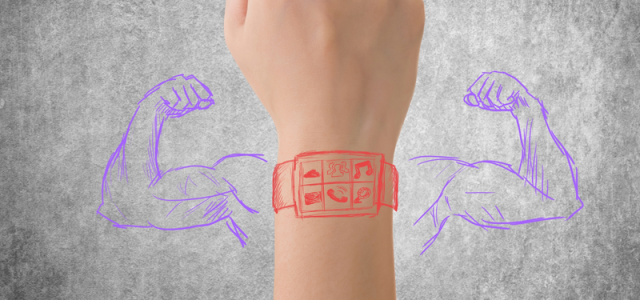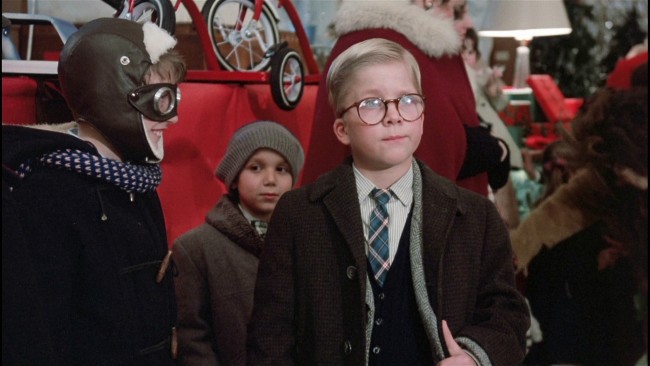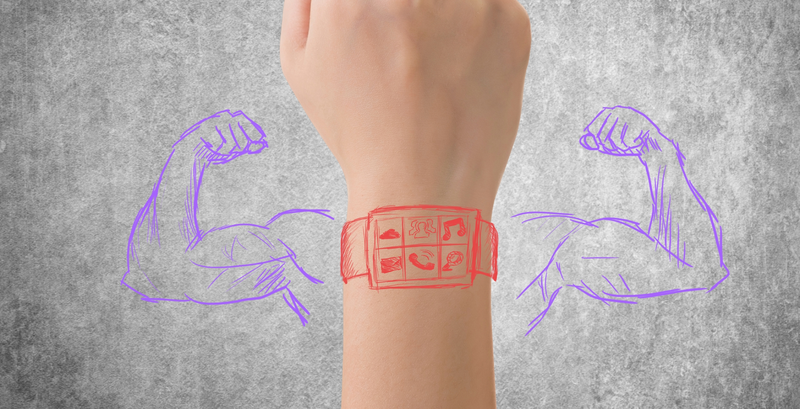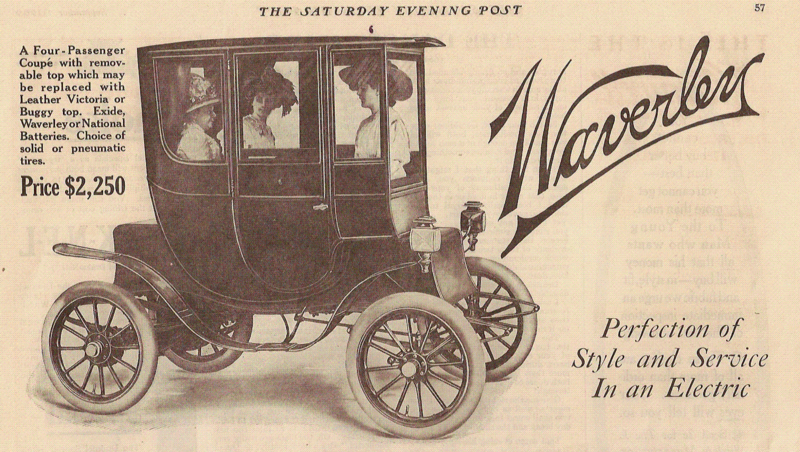This Is Why Wearable Fatigue Is NOT Killing Wearables
NewsTech February 23, 2025 Damon Mitchell

If you were to believe everything you read online, we are one silicone strap away from the complete undoing of the wearables market. You may conclude you’ve somehow missed the trend. You may even be thinking twice about your Christmas wish list.

(Source: geek.com)
Relax. you haven’t missed anything. Tell Santa what you want.
It is true that wearables started out 2016 as the technology everyone wanted a piece of, but now we see a backlash swarming. So typical.
In the last six months, at least two studies have concluded that we are wasting our time with fitness trackers. It makes for good headlines. And yet, the bands march on.
The stream of new wearables, from this humble scribe’s perspective, is suffering no speed bumps. Crowdsourcing and overseas start-ups are oblivious to the eminent bubble-burst.
Is there anything to this wearable fatigue hype? We think NOT.
Technical Darwinism

(Source: wearabletechnology-news.com)
Consider the humble cell phone. Overnight we went from a few blokes with fancy car phones to the entire world carrying cell phones. The growth was so rapid, in some developing regions, they skipped the wireline altogether.
By today’s standards, the cell phone is nothing like the first devices. Despite the size and power differences, most cell phones today look like little flat panel TVs we shove in our pockets.
By comparison, the first phones were all over the map. Some flipped, others flopped. Screens ranged from pixelated green dots to technicolor touch screens.
Over time, what stood the test was what worked best. Silly features, like phones that flipped, faded. We keep what we needed. The current state of cellphones is an ongoing ecosystem of features.
To get to this point, we had to saturate the population with phones. We should expect the same from wearables.
They’ll standardize when everyone accepts wearables as part of everyday life. What will last are the features we value.
So. Many. Wearable. Platforms.

(Source: betanews.com)
This is where wearable differentiate from the cell phone example. Wearables have no standard operating procedure, other than the fact that they are worn somewhere on the body. Cell phones go from pocket to head.
The wearables revolution may have started on the wrist, but if 2016 has taught us anything, it’s not limited to that. Between hearables and virtual reality headsets, we expect the wrist to take a backseat in the wearables market.
What we cannot see today that the wearable market begs for is integration. As we approach that saturation point where everyone takes wearables for granted, expect to see more communication between devices.
At present, they only talk to your phone. In short order, they will talk to each other. In fact, it wouldn’t surprise us to see the core of wearable ecosystems decentralized.
If your screen shows up in a heads-up display (HUD) from your glasses or contacts, then your mic can live on your hearables. Your HUD will also be where you receive augmented reality information like GPS and velocity.
Hearables will either be bone conduction speakers or designed so that ambient sound can pass through them. You may not even have something on your wrist unless you wear a watch.
It is ironic to note that wearables may phase us out of cell phones.
The Miracle Potion Mystique

(Source: eathealthyplans.com)
I just made up that expression. It’s not a real thing unless you quote me.
The problem with today’s wearables market isn’t the number of wearables saturating the market. It’s the pervasive belief that there is something simple we can do to fix our health.
If it’s not a pill that promises to drop those extra pounds, it’s a wearable that will track our steps.
With fitness trackers, manufacturers capitalize on the large population of overweight adults who want to believe in miracles.
Be they pills or vibrating weights, when the purchasers of said products discover there’s no magic, they feel disillusioned. They feel duped by the mystique of the miracle potion.
As wearables move away from a fitness tracker dominant market, we’ll see more saturation. We’ll see better devices.

(Source: wired.com)
In the long run, we’ll no more witness the end of wearables than we’ll bear witness to the end of transportation.
Today we call them cars, not horseless buggies. What will we call them when they drive themselves? [Hint: It won’t be self-driving cars.]
The saturation of the wearable market is just what wearables need to evolve. We won’t pretend to know when that will be, but it’s gonna happen.
Go ahead and shop for the coolest wearables. Put ’em on your Christmas list. There will always be the cool new device next year.